Marketers are focusing on the ways that AI can enhance their advertising tactics. As we’ve seen, artificial intelligence is transforming online marketing. Examining businesses that are setting the standard is crucial since marketers are very interested in how AI can improve their advertising tactics.
What can they teach us?
We’ve compiled a list of the 7 best AI ad campaigns so we can analyze their unique qualities.
To avoid AI detection, use Undetectable AI. It can do it in a single click.
Table of Contents
How Has Artificial Intelligence Affected Marketing Thus Far?
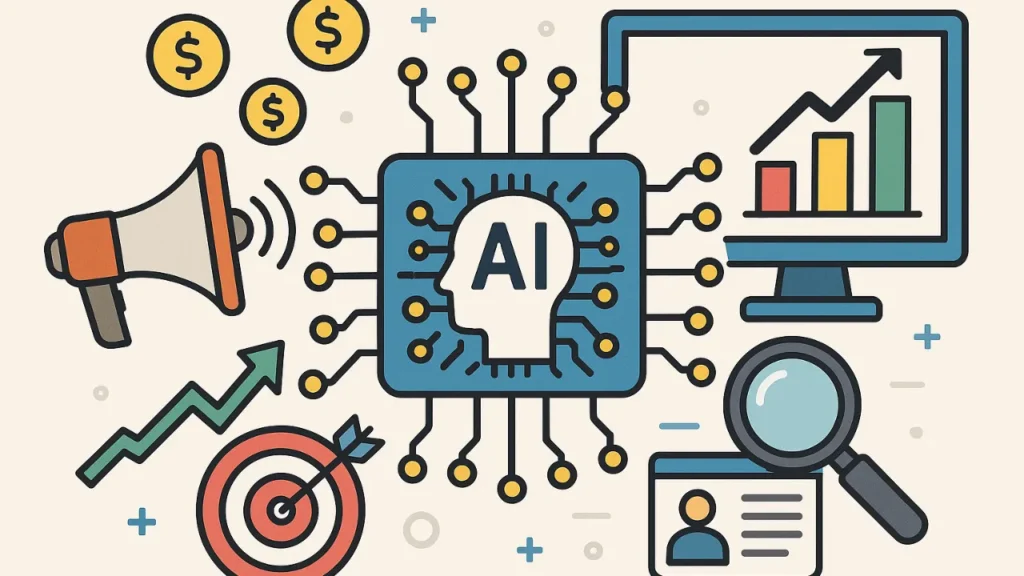
In order to sell a product or service, effective advertising seeks to appeal to people’s basic beliefs. Including artificial intelligence (AI), which can process vast amounts of data about human behavior, is sure to cause a stir.
Because AI can interpret online behavior, marketers no longer have to wonder what their ideal clients are thinking or doing. The global AI market has grown to over 184 billion USD as of the start of 2025, a substantial increase of almost 50 billion USD over 2023.
Although projections differ, the industry is expected to grow rapidly and surpass 826 billion USD by 2030. Interest in AI startups, which are likely to focus on assisting businesses like chatbots and generative AI, has contributed significantly to this funding.
7 Best AI Ad Campaigns Examples
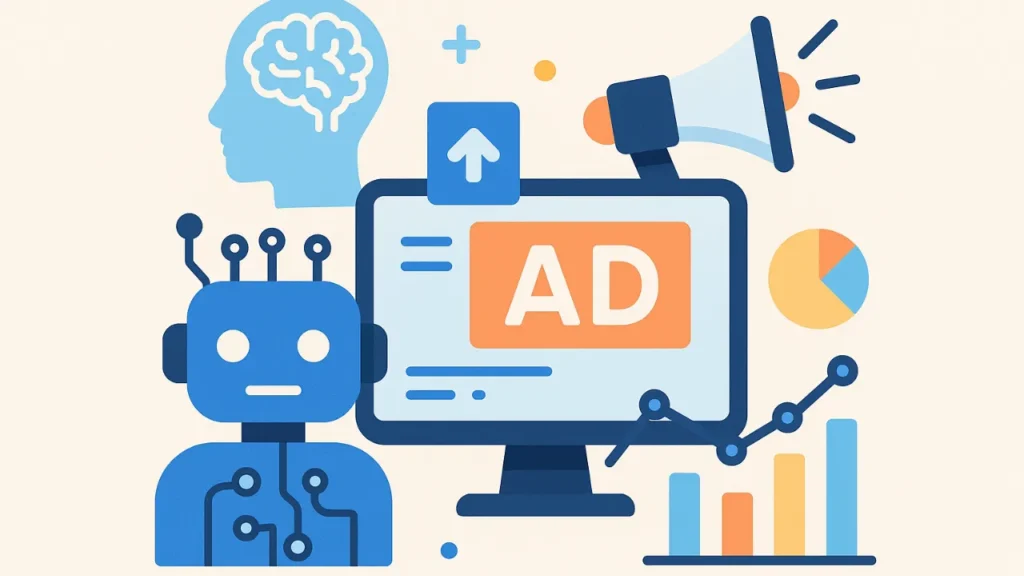
The best AI ad campaigns are those in which the brands’ use of AI is organic to their business. These examples are also the result of innovation and are employed to encourage the business to expand and strengthen its relationship with its clientele.
Read Also >>> AI Tools for Literature Review in 2025
These examples also show how brands begin small, assess their performance, and then scale their operations.
The Economist’s Focused Innovation in AI Ad Content Delivery
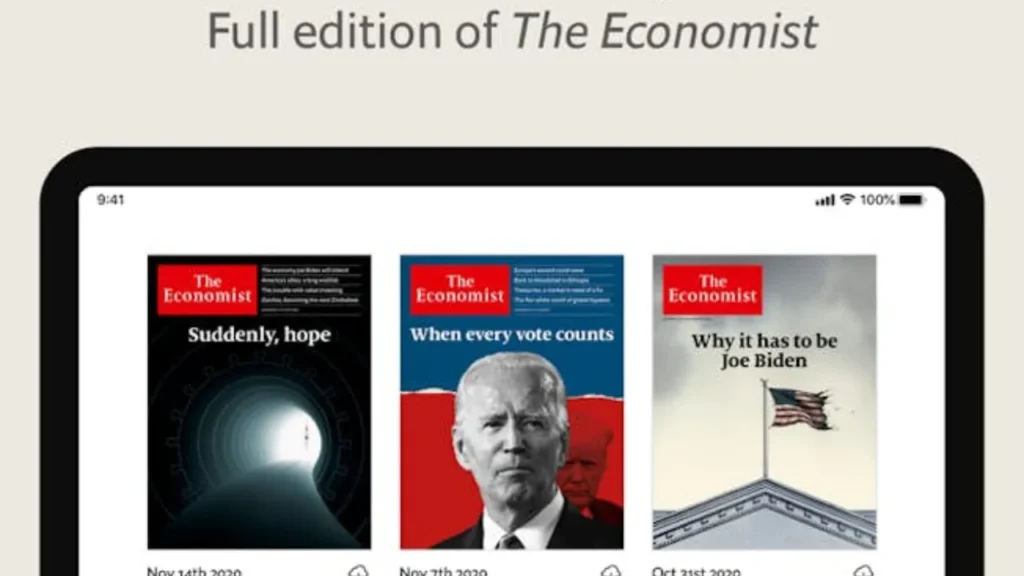
Although The Economist is a highly regarded online journal, its readership started to decline in 2017. The publication bought and sold targeted advertisements on its own, taking advantage of AI-driven programmatic advertising.
The Economist was able to pinpoint a group of readers it believed to be reluctant readers by employing this procedure to gather and thoroughly examine consumer data.
They discovered more effective ways to reach their prospects online by delving into particular reading preferences or habits through autonomous analysis of web and app usage.
Additionally, by concentrating on matching subscriber, cookie, and other data sets to identify new segments and build lookalike audiences, the publication was able to produce a number of favorable outcomes that have helped to increase its readership levels once more.
In conclusion, this innovative campaign attracted 3.6 million new readers to the publication, yielding a 10:1 return on investment from the first wave of income these prospects brought in. In the fiercely competitive world of the internet, that is no small accomplishment.
With a 9% increase (90,000 new loyal subscribers) in 2020–2021, this new data-driven, AI-centered business model has solidified ongoing subscriber growth since 2017. This is an amazing accomplishment during difficult times.
Heinz Advertises their Famous Ketchup Using an AI Image Generator
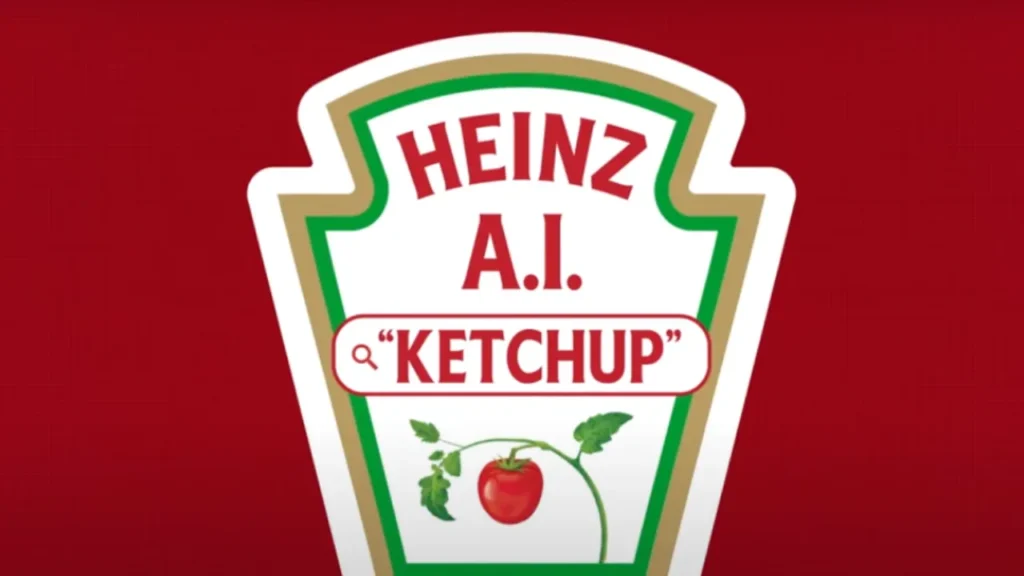
Condiment giant Heinz used AI image generators to maintain the marketing momentum following the success of its “Draw Ketchup” campaign.
In an attempt to leverage the 1,500% boost Heinz received by asking its audience to “Draw Ketchup,” the Kraft-owned company chose to further market its recognizable red products by recording staff members and fans asking AI image generators to create their own creative interpretations.
The brand ended up with a plethora of interesting ketchup bottle designs to utilize as advertising assets across channels, in addition to a wealth of humorous content. These images demonstrated Heinz’s innovative use of contemporary digital technologies and generated respectable levels of engagement.
Nike Uses Emotionally Charged Technology to Establish a Connection with its Audience
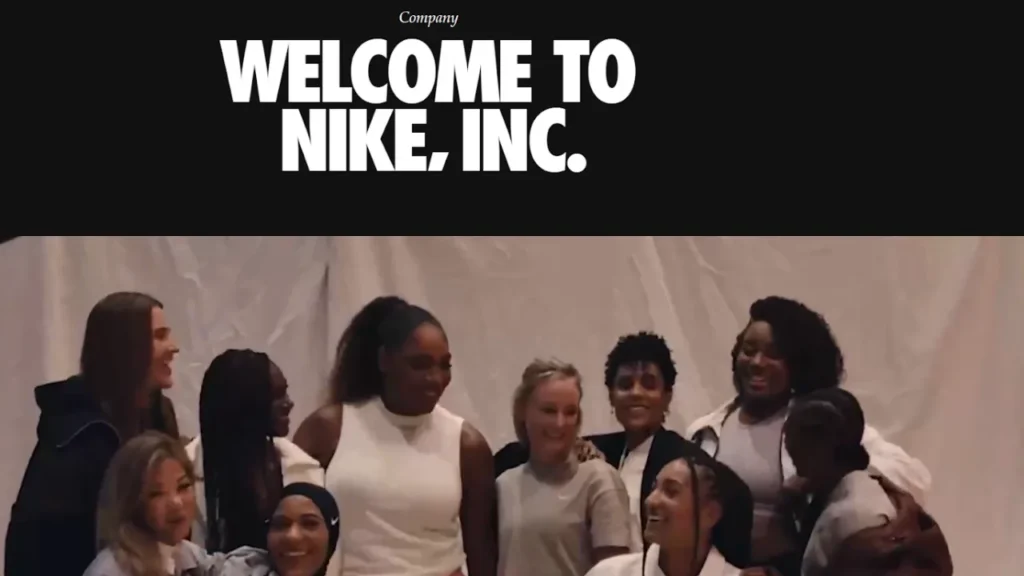
Nike, a top sports brand in the world, was praised for its innovative use of digital marketing. Nike, a true innovator in its industry, adds emotional depth to its various digital advertising campaigns by utilizing AI technology.
Nike uses artificial intelligence (AI) technology to examine the emotional intelligence and characteristics of specific audience segments. This allows them to create ad content that resonates with their target audience and tells gripping stories that maximize return on investment (ROI).
AI-powered emotional analysis technology was used to develop and implement initiatives like Serena Williams’ sports clothing apparel launch and inspirational celebration of women in sport. These initiatives are a great example of influencer marketing and AI in action and are a major factor in the brand’s continued success.
Meta Keeps Innovating in AI
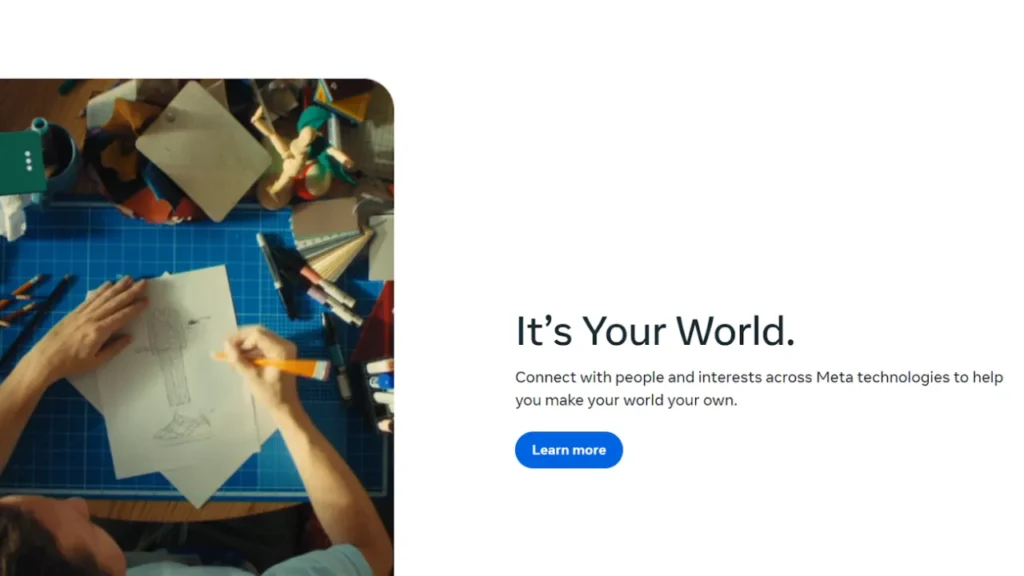
The machine learning algorithms that Meta developed to keep users scrolling are probably familiar to all of us, but they have also employed AI in other contexts. With the launch of their AI Sandbox for advertisers in May 2023, Meta has started testing AI-generated Facebook ads.
It’s possible that this testing ground will increase the number of advertisers on their platform and produce more effectively targeted advertisements. Sandbox could position Meta as the top AI-powered mobile advertising platform.
Coca-Cola Announces its Partnership with OpenAI and Holds an AI Competition
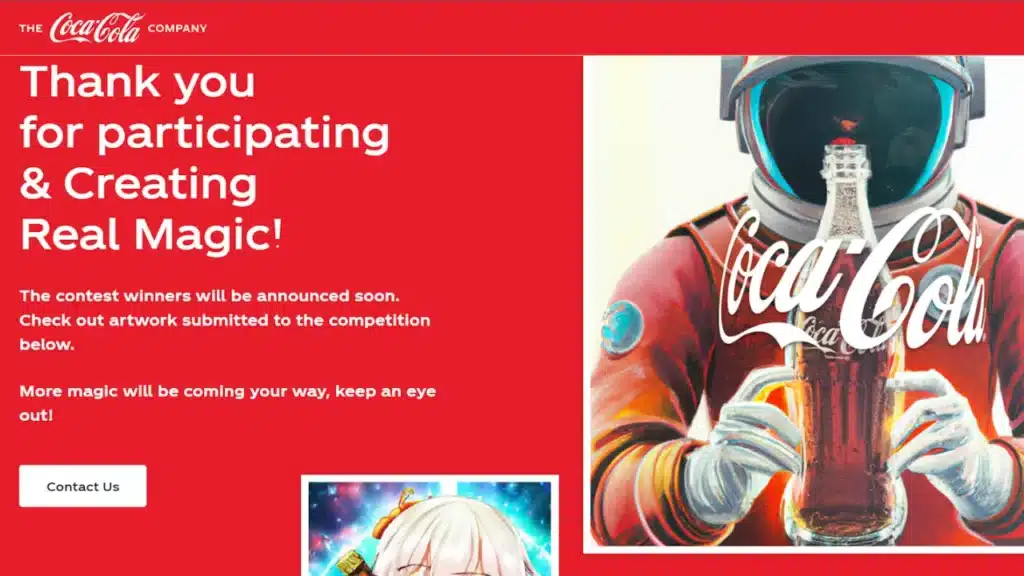
Coca-Cola has a lengthy history in the advertising industry. Their first newspaper ad appeared in 1896 after they were founded in 1892. Since then, the business has maintained its modern advertising and stayed ahead of trends.
To keep their advertisements current, they switched to radio and television advertisements in 1955 and again to a new advertising firm in 1993. It should come as no surprise, then, that Coca-Cola has now embraced the use of artificial intelligence.
To incorporate AI into their internal systems, management consulting firm Bain & Company and OpenAI announced a global service alliance in February 2023. Following this announcement, Coca-Cola was the first business to join this alliance.
Coca-Cola started this collaboration with a competition called “Create Real Magic.” They asked users to create new artwork that would be shared on the website by fusing ChatGPT, DALL-E, and iconic Coca-Cola ad creatives.
Amazon Personalize is Used by Calm App to Boost App Usage

Amazon Personalize is one of the products offered by AWS (Amazon Web Services). This enables developers to use machine learning to present customers with highly customized product recommendations in real time.
Calm required a way to assist users in finding the appropriate content for them due to the app’s constantly growing content library. A user may give up and quit the app if they are browsing for too long because they are not finding anything of interest.
They implemented a dynamic rule that eliminated Sleep Stories that users had previously listened to and instead suggested the most popular content—in this case, Sleep Stories—in the style that a user indicated a preference for.
As a result, the suggestions remained current and in line with the user’s tastes. After extensive testing and using Calm’s data to train Amazon Personalize, they saw a 3.4% increase in daily app usage.
ClickUp Uses SurferSEO to Increase Blog Traffic by 85%
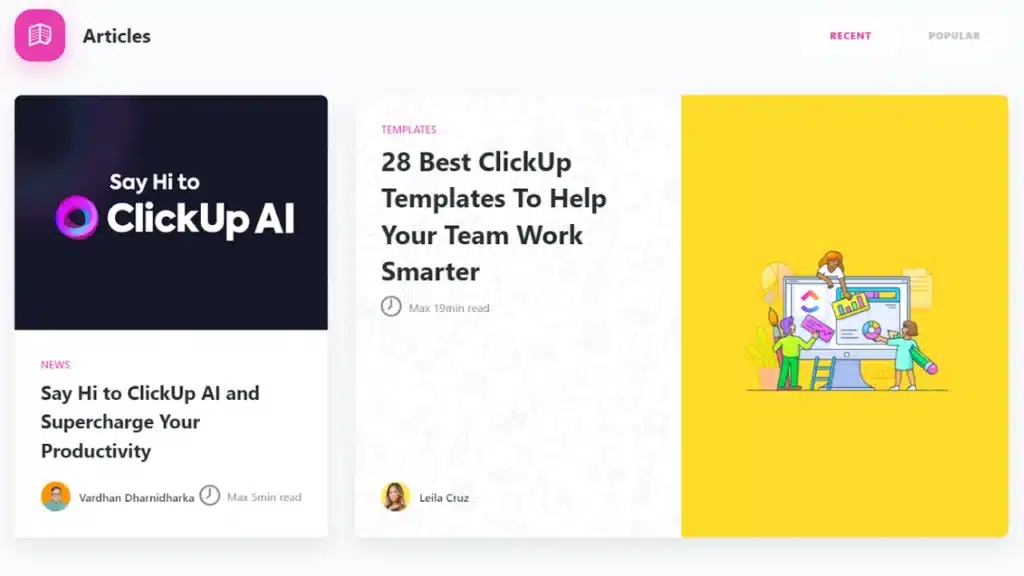
By using AI, ClickUp was able to improve their content marketing approach. Their objective was to increase the quantity and quality of their output while optimizing their content. They already had more than 500 + article on their blog, so they needed a boost that would help them reach new heights.
For the task, they turned to SurferSEO, a generative AI tool that says it can increase traffic by optimizing content. They needed a tool that was simple to use and integrate, and SurferSEO provided both high-quality SEO recommendations and SERP data in one convenient location.
Over the course of a year, they were able to increase their non-branded, organic traffic by 85% and publish more than 150 articles.
